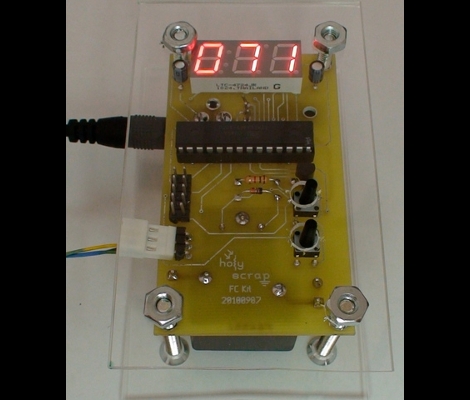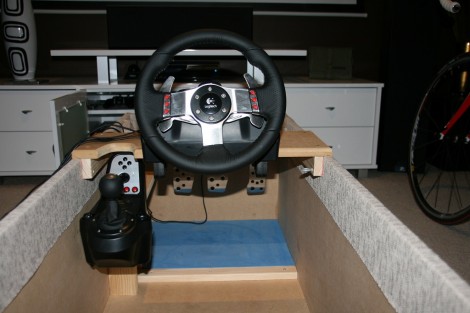In the last installment of our tutorial series we built a simple circuit on a breadboard and programmed an ATmega168 to make it run. That proves that you know how to follow directions, but the eureka moments of doing everything yourself are on the way. This time around you will get down and dirty with the datasheet, learning where each line of the sample code came from, and give your recently installed compiler a test drive. We will:
- Talk about bitwise operators and how they work when coding for microcontrollers
- Discuss C code shorthand
- Review the sample code from Part 2 and talk about what each line of code does
- Learn to compile code
If this is the first you’ve heard about our AVR Programming series, head back to Part 1 and start from the beginning. Otherwise, take a deep breath and we’ll being after the break.
Series roadmap:
- AVR Programming 01: Introduction
- AVR Programming 02: The Hardware
- AVR Programming 03: Reading and compiling code
- AVR Programming 04: Writing code
Continue reading “AVR Programming 03: Reading And Compiling Code”

















